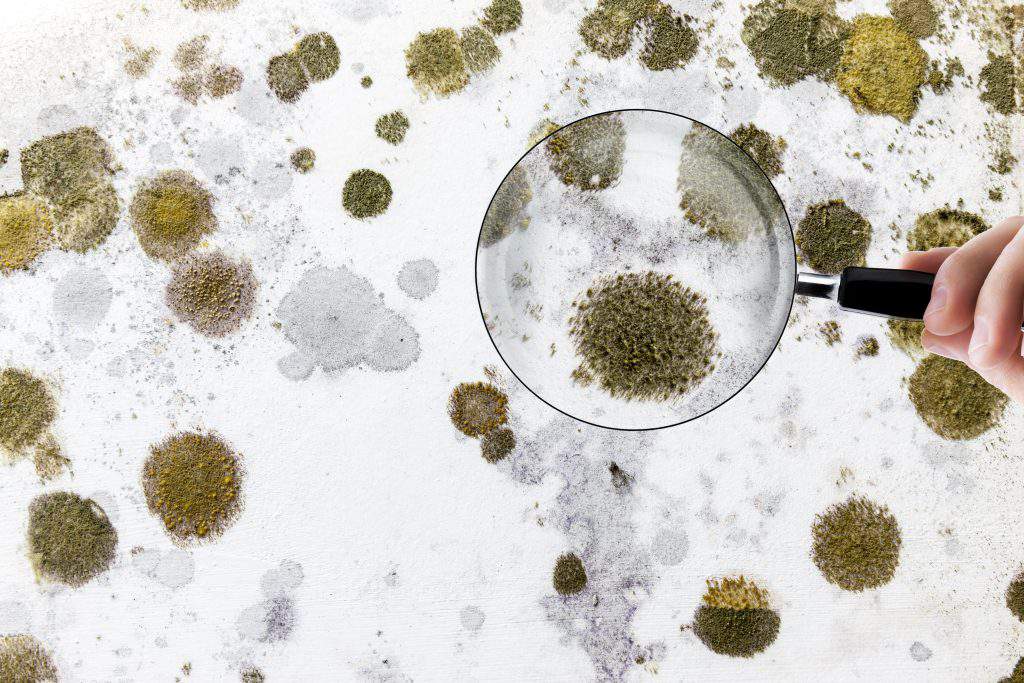Comprehensive Post Mold Remediation Procedures
Comprehensive Post Mold Remediation Procedures
Blog Article
Effective Message Mold And Mildew Removal Solutions for Your Home
Mold and mildew development in homes can be a consistent issue, often requiring an organized technique for effective post-remediation services. From comprehending the variables that contribute to mold growth to applying proper cleansing techniques and dampness control measures, the process can be complex yet vital for maintaining a healthy and balanced living environment. Post Mold Remediation Report.
Comprehending Mold And Mildew Development Elements
The primary factor contributing to mold development is moisture. Mold and mildew spores call for wetness to thrive and sprout, making humid or moist environments very susceptible to mold and mildew infestations.

In addition, airflow and light exposure can influence mold and mildew development. Locations that lack correct ventilation and all-natural light are more susceptible to mold growth. By attending to these aspects adequately, people can efficiently minimize mold and mildew growth and secure their living settings.
Proper Mold And Mildew Cleansing Methods
Utilizing reliable cleansing techniques is necessary in protecting against the reappearance and attending to of mold contamination in interior settings. When managing mold, it is important to prioritize security by using protective equipment such as masks, handwear covers, and goggles. The initial step in proper mold cleansing is to include the damaged area to avoid the spread of spores to uncontaminated areas. This can be attained by sealing the room and utilizing air scrubbers or negative air devices to preserve air high quality.

Carrying Out Moisture Control Actions
To successfully avoid mold growth and contamination in interior atmospheres, implementing wetness control actions is paramount. Wetness is the key factor that fuels mold growth, making it essential to take care of moisture degrees within the home. One reliable procedure is to use dehumidifiers to maintain indoor moisture degrees below 60%. In addition, guaranteeing proper air flow in locations susceptible to moisture buildup, such as kitchen areas and bathrooms, can assist reduce the risk of mold development. On a regular basis inspecting and repairing any leakages in pipes, roofings, or home windows is also necessary in preventing excess wetness accumulation. Using exhaust followers while food preparation or showering, and permitting air flow by maintaining furniture a little far from walls can assist in moisture control. Moreover, making use of moisture-resistant products in high-humidity areas, such as mold-resistant drywall and paints, can be advantageous. By vigilantly carrying out these dampness control actions, home owners can successfully reduce the probability of mold recontamination and keep a healthy and balanced interior setting.
Using Natural Remediation Solutions
After efficiently implementing moisture control steps to stop mold growth in indoor environments, home owners can currently check out the performance of all-natural remediation solutions in maintaining a healthy and balanced home. All-natural remediation options use eco-friendly approaches to combat mold and mildew and mildew, making them a preferred option for those seeking safe alternatives. One such remedy is making use of vinegar, a natural antimicrobial representative, to tidy and these details disinfect surfaces contaminated by mold. Just thin down vinegar with water and spray it onto the affected areas, permitting it to rest for a few hours prior to wiping clean. Additionally, tea tree oil, understood for its antifungal properties, can be combined with water and sprayed onto mold-infested surface areas to inhibit additional growth. One more all-natural alternative is hydrogen peroxide, which can efficiently kill mold and mildew on numerous surface areas without leaving damaging deposits behind. By including these natural remediation options into their cleaning regimens, property owners can successfully combat mold development while advertising a much healthier interior environment on their own and their households.

Maintaining a Mold-Free Setting
Routinely inspecting locations susceptible to mold and mildew development, such as washrooms, attics, cellars, and kitchens, is vital. Appropriate ventilation in areas with high moisture degrees is additionally essential to protecting against mold and mildew development.
In addition, keeping cleanliness in the home is crucial for mold and mildew prevention. On a regular basis cleaning and dusting surfaces, carpetings, and furniture can aid get rid of mold and mildew spores before they have a chance to clear up and multiply. Utilizing mold-resistant products for construction materials and furnishings can further aid in developing a mold-free atmosphere. Maintaining indoor plants in check and making certain appropriate water drainage in outdoor landscape design can reduce wetness build-up, decreasing the likelihood of mold and mildew infestations. By following these positive maintenance techniques, house owners can effectively promote a mold-free living area.
Verdict
In verdict, it is necessary to resolve mold and mildew growth factors, use appropriate click this site cleansing methods, apply wetness control steps, use natural removal remedies, and preserve a mold-free environment in order to properly manage blog post mold removal in your home - After mold remediation. By complying with these techniques, you can protect against mold from repeating and guarantee a healthy and balanced living atmosphere for you and your household
The primary element contributing to mold growth is moisture. Mold and mildew spores require dampness to sprout and prosper, making moist or moist settings very vulnerable to mold infestations.To properly protect against mold development and contamination in interior settings, executing wetness control procedures is critical. Additionally, making sure appropriate ventilation in locations prone to moisture build-up, such as restrooms and cooking areas, can help minimize the risk of mold and mildew development.After effectively carrying out dampness control procedures to prevent mold and mildew growth in interior environments, click here to read homeowners can now check out the efficiency of natural remediation solutions in keeping a healthy and balanced living area.
Report this page